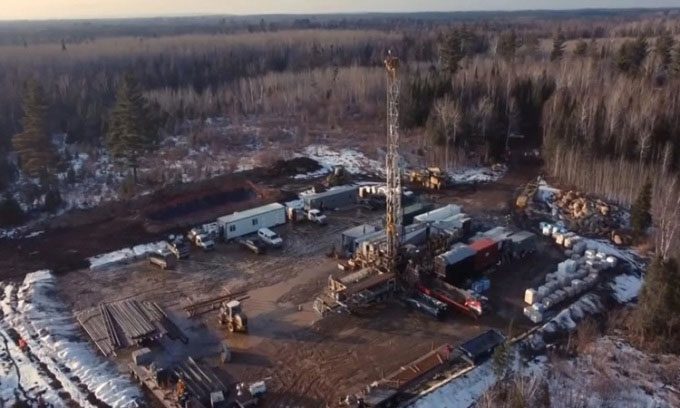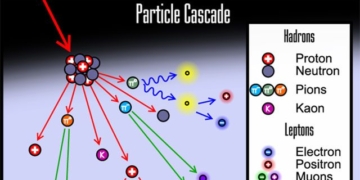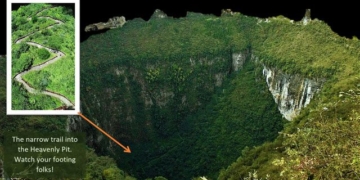A research team discovers a large helium reserve with extremely high concentrations, potentially boosting global supply.
Researchers have found the largest helium reserve in North America at a drilling site in Minnesota. The resource exploration company Pulsar Helium, Inc. has a drilling rig located in the suburb of Babbitt in Iron Range, a region that stretches 280 km across the northern part of the state. The drilling rig began operations in early February 2024 and made the discovery just over three weeks later, when the drill reached a depth of 670 meters on the morning of February 28, according to Live Science. Thomas Abraham-James, the company’s president and CEO, stated that this is a significant discovery for helium exploration.

Drilling site for helium gas by Pulsar Helium. (Photo: Pulsar Helium)
Whether the area can support a large-scale helium extraction and supply operation depends on the size of the reserve assessed by authorities. However, the discovery holds global significance due to its extremely high helium concentration, Abraham-James noted.
Helium is a colorless, odorless, and tasteless gas found beneath the Earth’s crust alongside many other natural gases. Although it is the second most abundant gas in the universe, helium is very rare on Earth, forming only as a byproduct of nuclear fusion or through the radioactive decay of uranium and thorium.
For commercial extraction, the helium concentration in natural gas must be above 0.3%, according to the American Chemical Society. The concentration measured at depths of 530 to 670 meters at the Minnesota drilling site reached 12.4%. Helium is a highly valuable gas, used not only for inflating balloons but also as a cooling component in rockets, nuclear reactors, superconducting equipment, and medical diagnostics like Magnetic Resonance Imaging (MRI).
The increasing demand for helium is rapidly depleting known resources, prompting companies to search for untapped reserves worldwide. In the United States, one of the world’s leading helium exporters, reserves are primarily found in Texas and Kansas. However, other suppliers are surpassing the U.S., including Russia, Qatar, and Tanzania, where Abraham-James and colleagues previously discovered a large helium gas reservoir in 2016.
Experts are scheduling further studies of the Minnesota drilling site to determine if the underground helium can be extracted. They will make a final conclusion by the end of this year.




















































